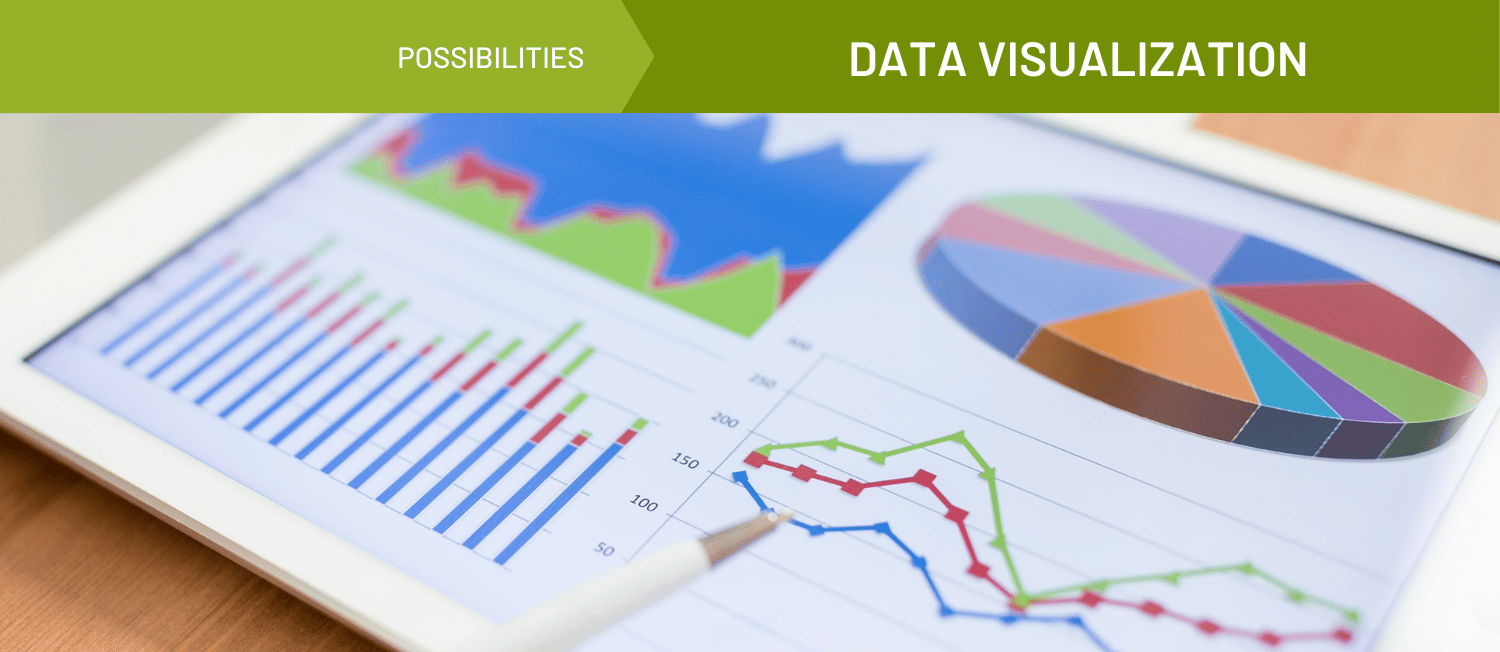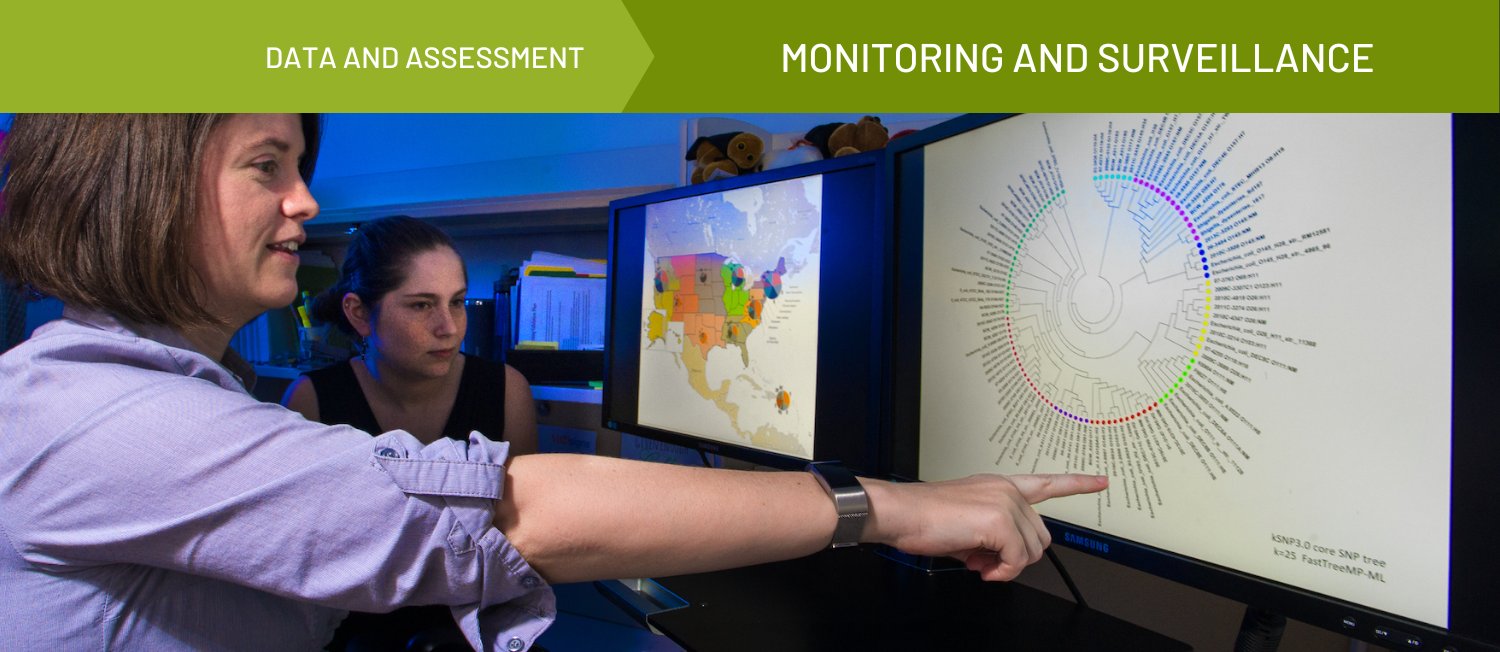Refreshing Data Basics
This feature was originally published on the IP3 Blog and is being reproduced for Community Commons with permission of the Institute for People, Place, and Possibility.
Refreshing Data Basics
In community health work, we are often called upon to use various kinds of data for different circumstances—to assess community conditions, monitor trends, and prioritize areas for investment. There’s a lot to know about data, and it can get technical! Going back to basics and laying the foundation for data-driven thinking can help bring stakeholders and communities along in the community health improvement journey.
Below, we provide a refresher on some foundational data concepts aimed to equip changemakers with basic information about common kinds of data encountered in community change work.
Primary and Secondary Data
Data may be “primary” or “secondary,” depending on whether data are collected by those using the data. Primary data are data that have been collected by those using the data (or close community partners). Secondary data have been collected and processed, or analyzed, by another party. Secondary sources include government agencies, research institutions, academic journals, and other published materials. Both types of data can be valuable and practical—often together—depending on the nature of the work.
Data Sources
A data source refers to the origin from which data are collected. Data collection refers to the systematic process of gathering, acquiring, or recording information. Common data sources used in community health include surveys, administrative records (like SNAP participant records provided by departments of human services), environmental monitoring systems and others that are described below. Each data source is uniquely suited to capture certain kinds of information. Using multiple sources of data to triangulate, or examine, an issue or question is a common practice.
Digital Data Sources and Their Impact on People's Health: A Systematic Review of Systematic Reviews
Resource - Journal Article
Brought to you by Frontiers
Qualitative and Quantitative Data
Data are often described as “qualitative” or “quantitative”. Qualitative data are descriptive, interpretation-based, and non-numerical information (although, these data can be coded and analyzed in a numbers-based way). Quantitative data are number-based, countable, measurable information. While data gathering and analyses will differ, both qualitative and quantitative data methods are readily applied to assess community health. Used together, qualitative and quantitative methods can provide a rich and balanced understanding of a community.
Types of Measures
Measures are used to quantify health status, health outcomes, and other aspects of health and health improvement work. When tracked over time, measures can tell us whether work to advance equitable well-being is adding up to effect real change. We often use multiple kinds of measures to understand a program or intervention’s effectiveness, implementation quality, and potential risks.
Related Topics












